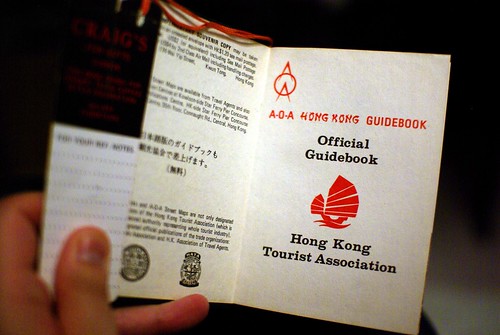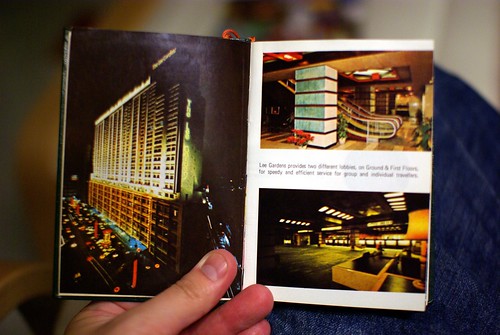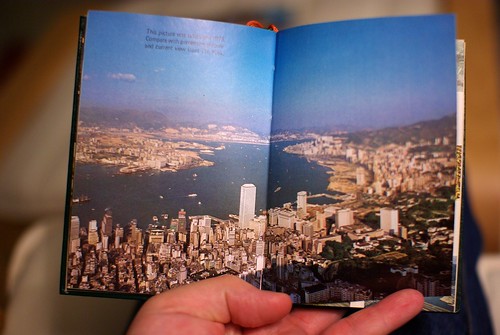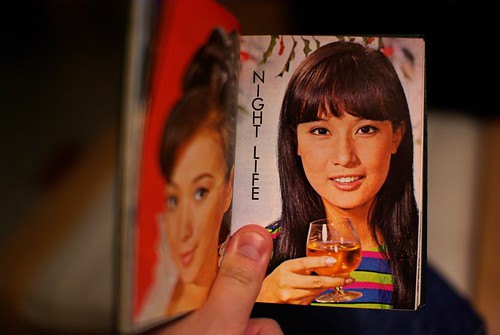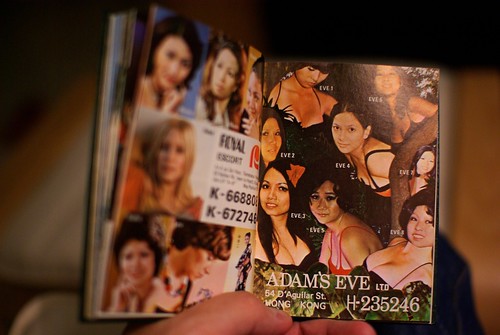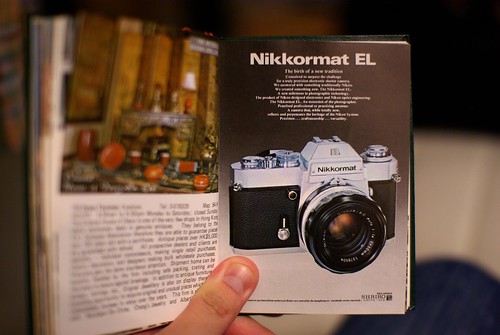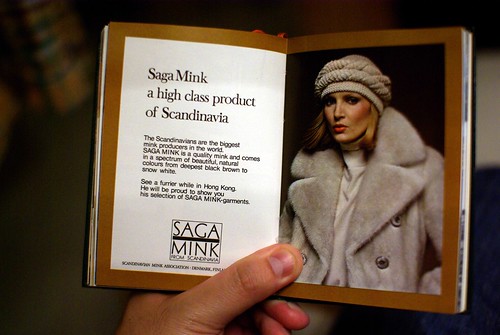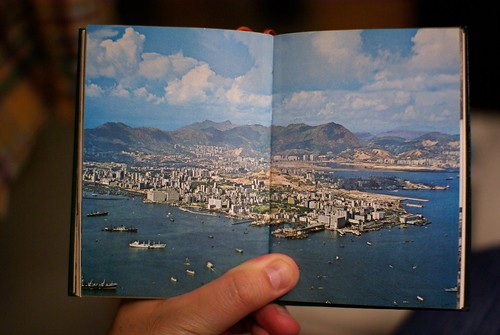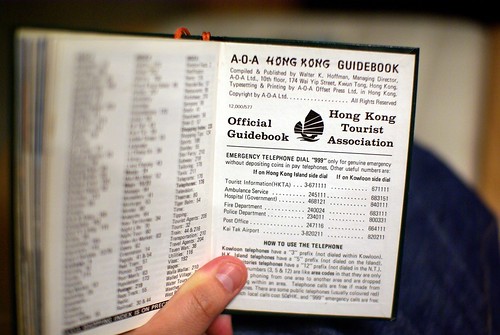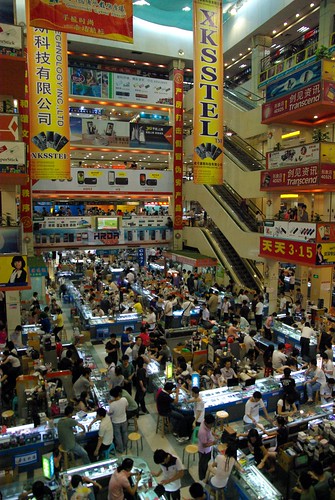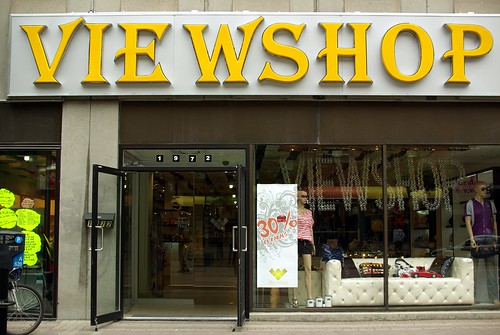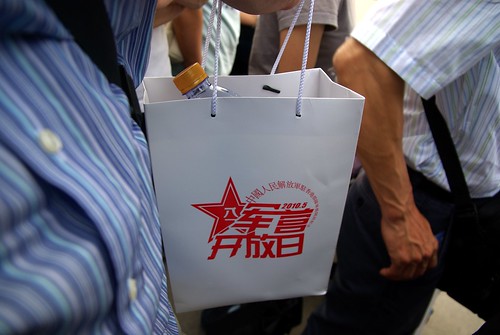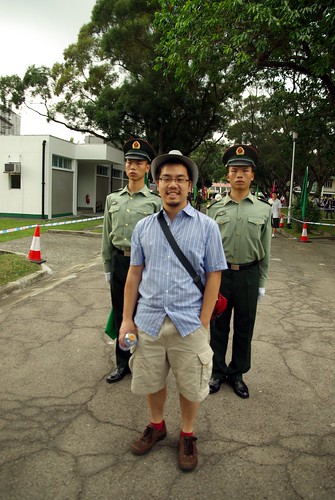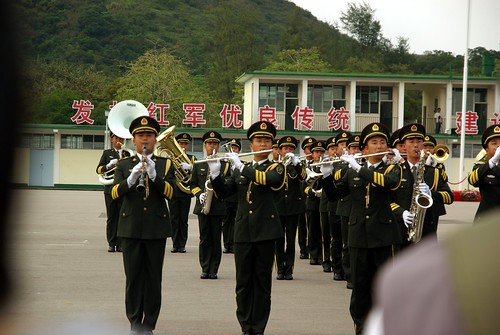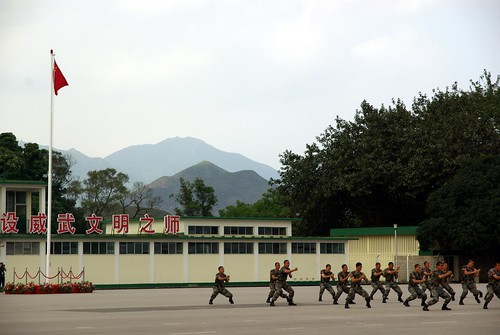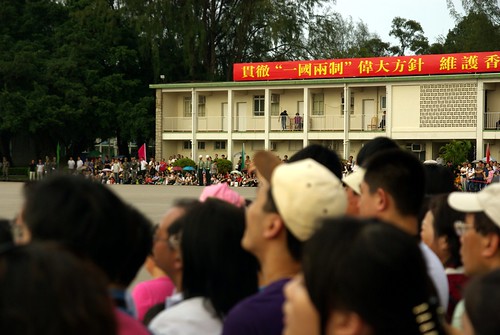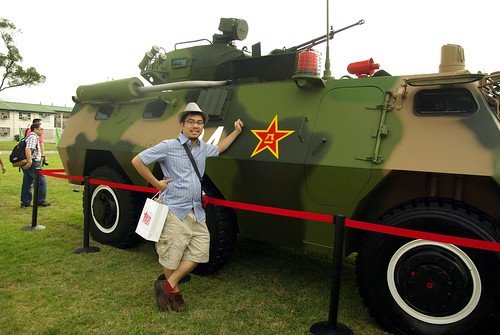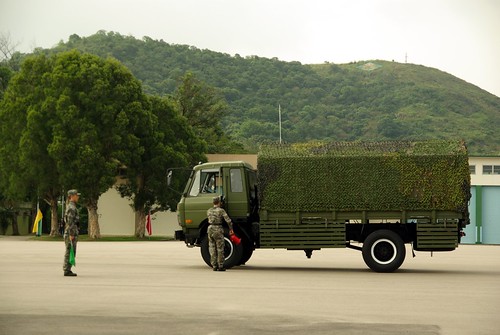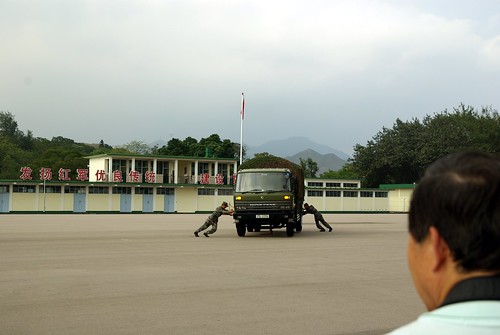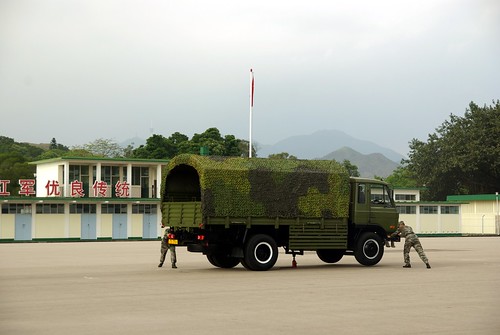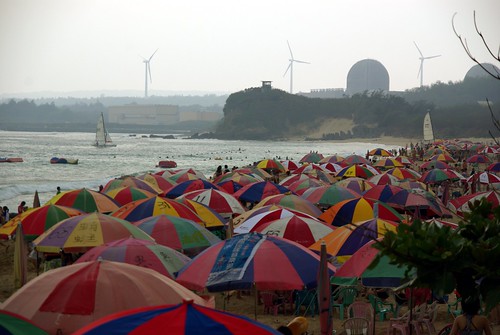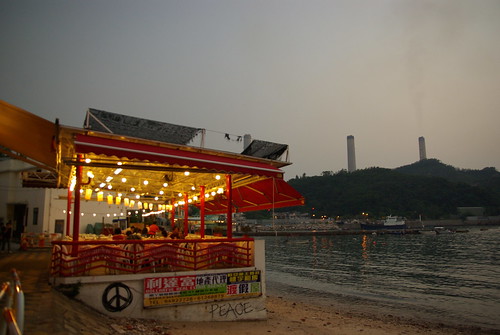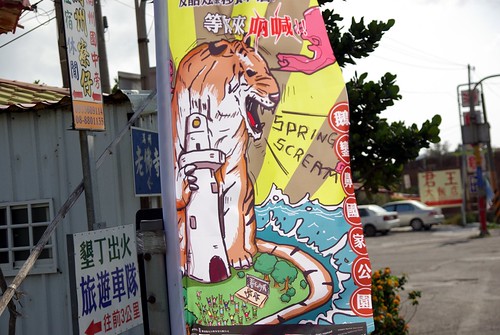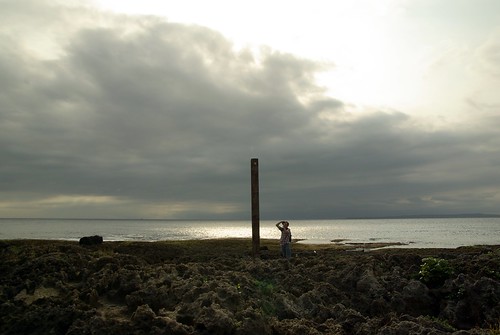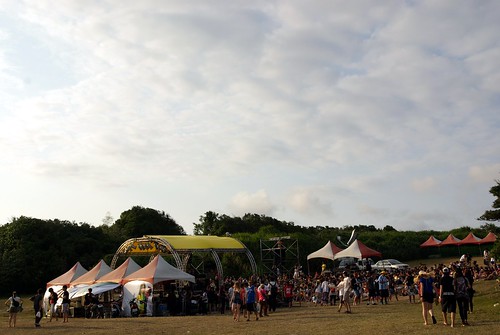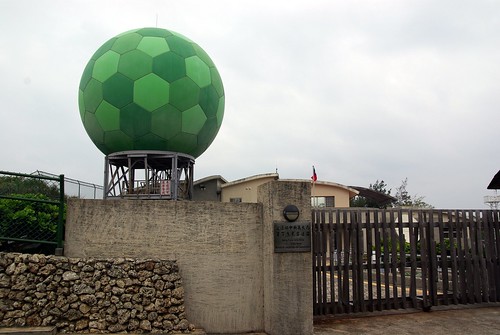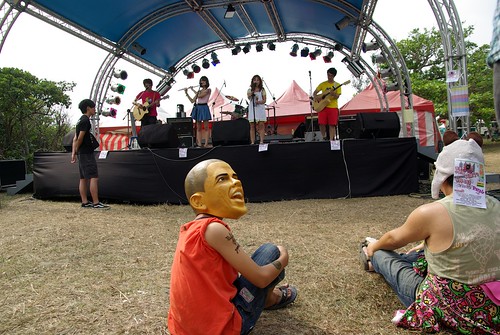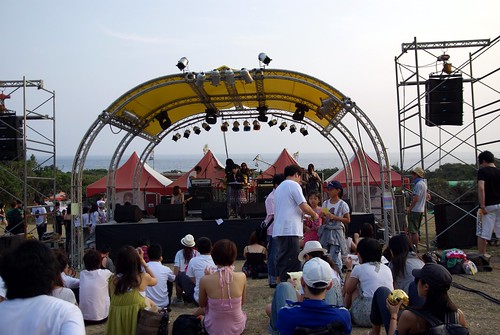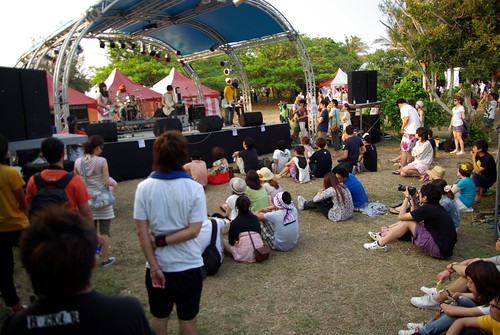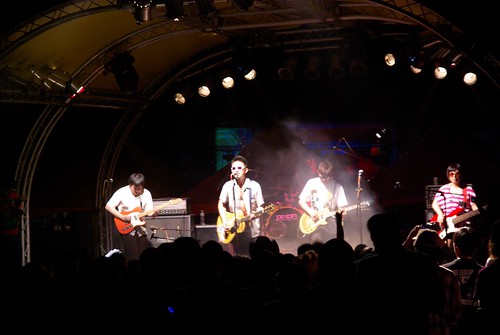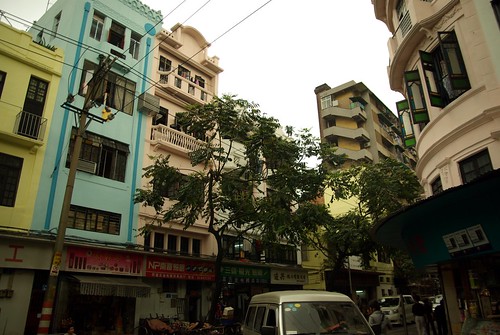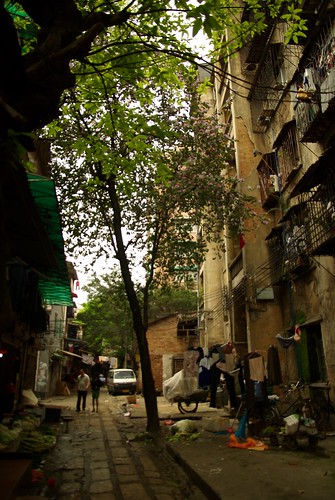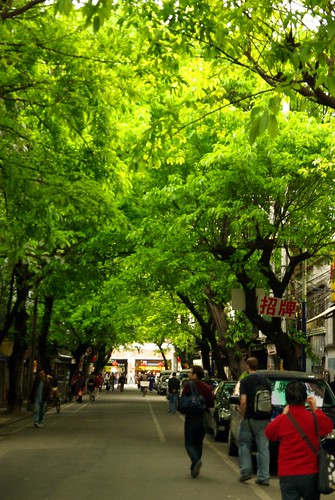(See part two, when we go to the Niuyuzui music festival outside Qingyuan…) Qingyuan 清遠, off Bei Men Jie Crossing over from the Shenzhen special economic zone Underwater bus Qingyuan. A few weeks, we started off on a bus from Luohu, at the border with Hong Kong over in Shenzhen, on our 36-hour adventure to … Continue reading “Qingyuan 清遠: Far and refreshing (1 of 2)”
(See part two, when we go to the Niuyuzui music festival outside Qingyuan…)
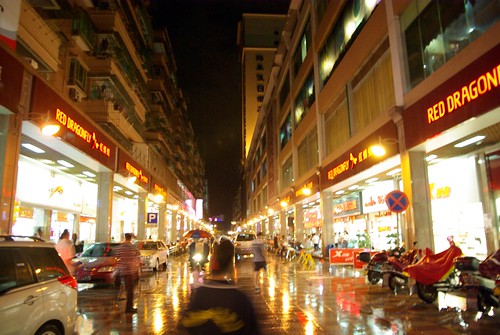
Qingyuan 清遠, off Bei Men Jie
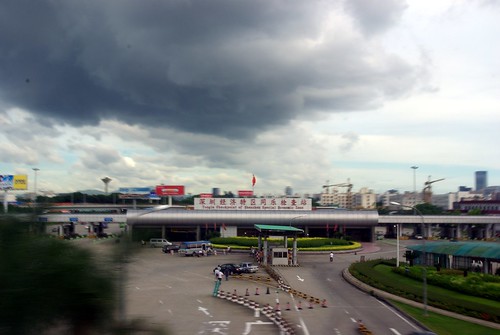
Crossing over from the Shenzhen special economic zone
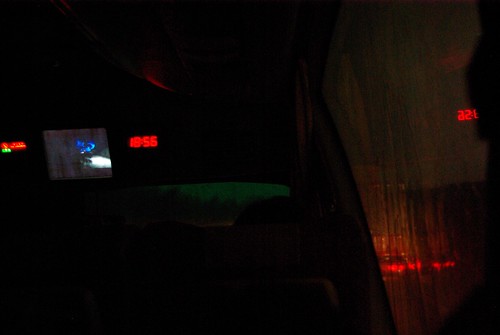
Underwater bus
Qingyuan. A few weeks, we started off on a bus from Luohu, at the border with Hong Kong over in Shenzhen, on our 36-hour adventure to Qingyuan, a little town of 3-4 million people about 60 km north of Guangzhou. It was a 4.5-hour bus ride to start with.
We were planning to go to a rock music festival, in some national park 30 mins drive from Qingyuan. The Shanshui (because there was mountains and water at the said park) music festival in Niuyuzui was poorly documented, with almost no infos in English. But many, if not all, major names of the Beijing rock scene, like Carsick Cars and Hedgehog, along with many other ones from Guangzhou like Yufeimen and Zhaoze, came down to rock Niuyuzui, which is some kind of nature reserve run by the Chinese Academy of Sciences.
On the first day, we planned to catch some shows in the evening, once we got to Qingyuan, but Typhoon Conson (which directly hit the nearby province) totally disrupted our plans. Our bus ride became one of the most exciting ones I’ve ever taken in my life in the last 30 minutes or so, with rain literally putting our vehicle underwater. We arrived, met our friends who took the previous ride, and just decided to postpone music listening to the next evening.
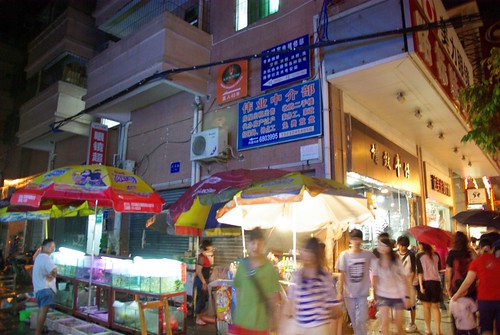
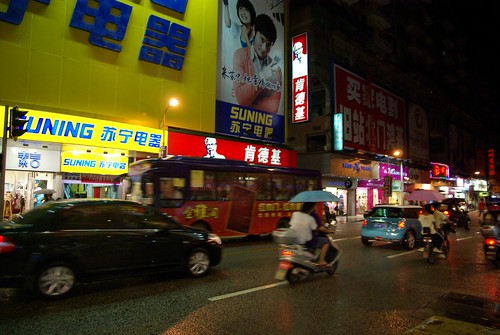
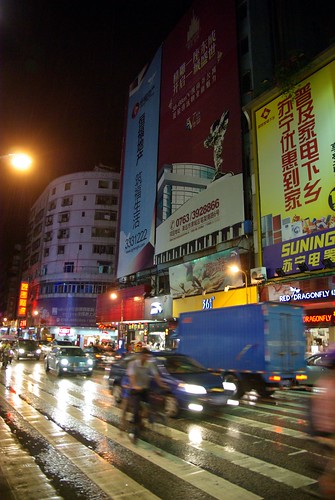
One of the nice things about Qingyuan was that it is in mainland China, and yet is not Shenzhen, Dongguan or Guangzhou. It is actually a relatively small city, not a gigantic sprawl, and where it is possible to take pleasant walks.
After giving up on the concert for Saturday night (there was a power outage at Niuyuzui from 7PM and on), we wandered the streets to find a place to sit down. We were staying in a pedestrian alleyway called Guojin (國金), right by the commercial street of Bei Men Jie (北門街 or North Gate Street). Walked, but did not buy. Things are probably not marginally cheaper than in Hong Kong’s street market, I assume.
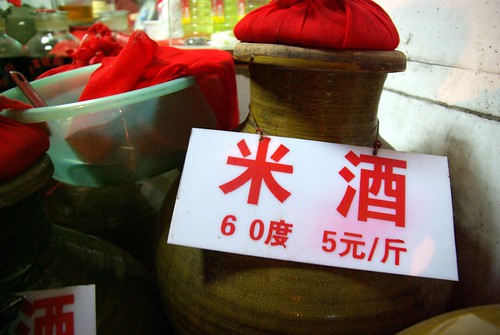
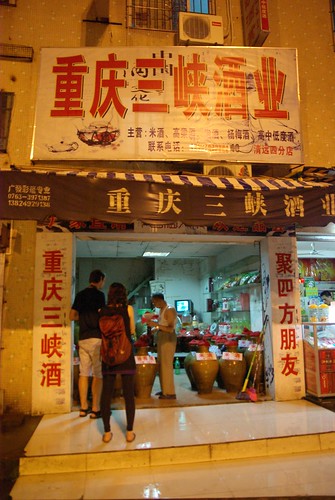
After getting some drinks and pastries at a corner bakery, we found Ali Baba’s cavern! It’s a liquor store, selling liquors in jars. The quantities were counted in kilos (for a few yuans per kilo), and the store owner would only put them for you in recycled 1 litre soft drink plastic containers (so bring your own cup). Our friend bought one black rice liquor (tasted like toasts, in my opinion), and a plum one. I was a bit absent-minded and forwent buying any.
I don’t have the address, but it was maybe 100-200m on the main road from the city’s main bridge, just off the city square/park. In Chinese, it’s called the Chongqing Three Gorges Liquor Store. In fact, the owner is a Chongqing-er, like one of the friends who came on the trip, and who was all happy to speak her own dialect in deep-down Guangdong province.
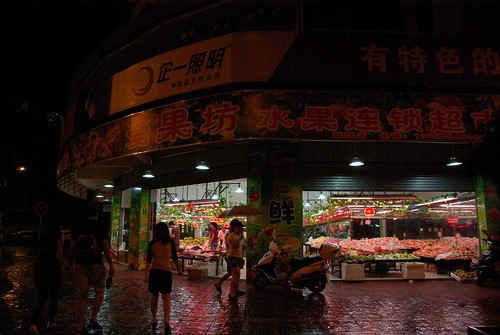
We found a fruit store, bought some fruits, and then found a bar by the river, which showed WWE, offered 12 cans / 100 RMB “specials”, and which had dice and barbecue from the nearby store.
We ended the night searching and finding late night snacks (barbecue, of course), before rolling back in taxi to our hotel beds.
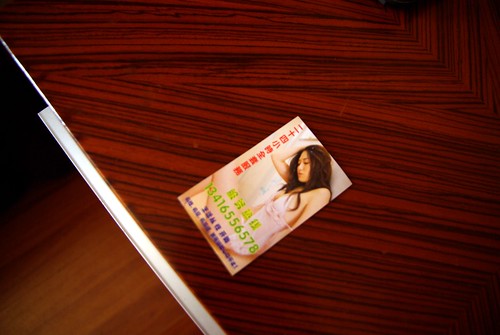
Slipped under every door. Not my friend for the night.

This was my friend for the night
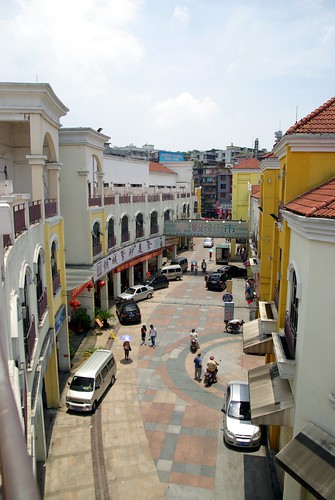
View from the balcony of Guojin hotel
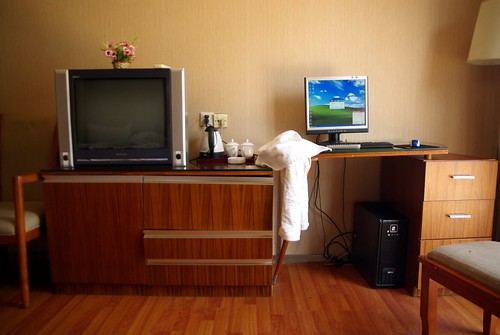
Hotel room, with a computer
On Sunday, we met after 1PM, and set off to find a way to reach our festival, along… the famous Qingyuan chicken…

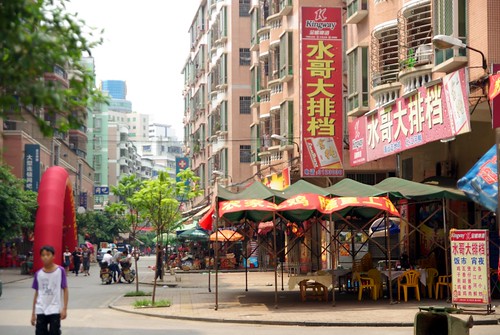
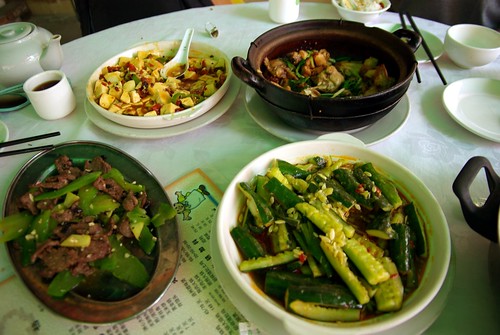
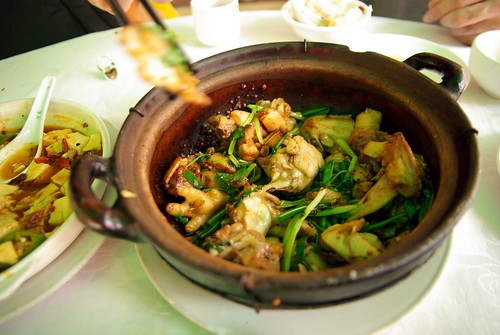
After going to the city’s new bus station (south of the river), we walked around for 15-20 minutes, before finding something that suited our tastes on one of the back streets. The place we went to was called the 水哥大牌档 (Brother Water Dai Pai Dong). We ordered chicken (from Qingyuan, so it tasted really really fresh), served with pepper and coriander. We also had fried beef with bitter melon, another light Chinese cucumber salad, and a mapo tofu…
Read part 2 of 2

